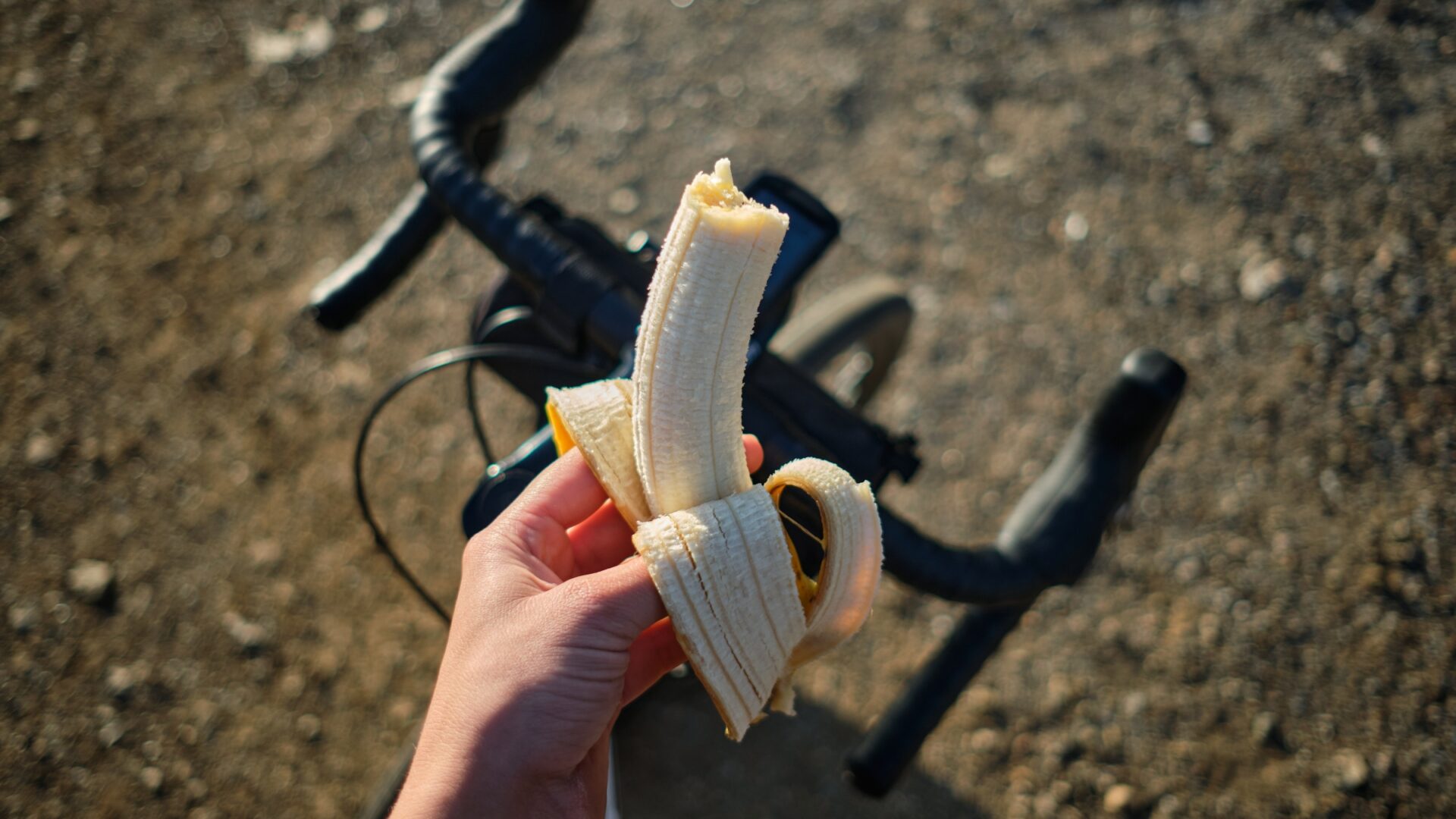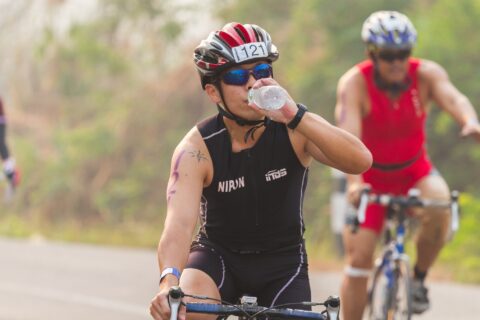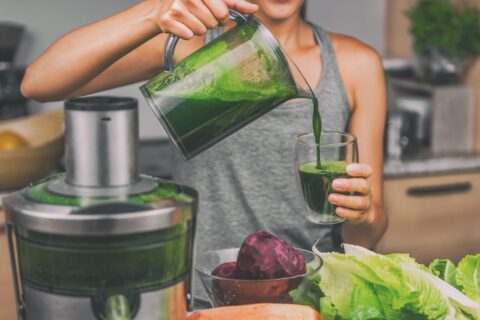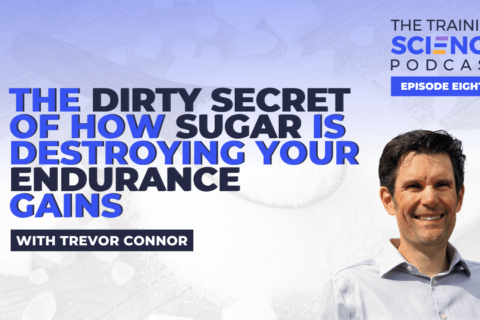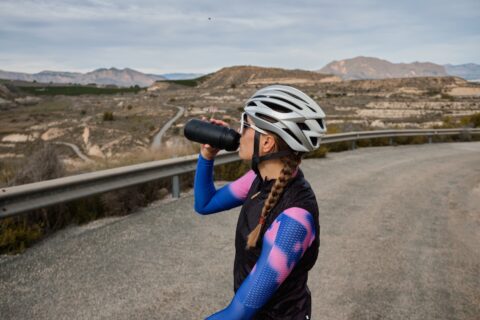For years we have been told to load up on carbs prior to an event, yet eat very little during competition. Recent research has shown that athletes can ingest more carbohydrate during training and competitions than previously thought.
For years we have been told to load up on carbs prior to an event, yet eat very little during competition. Recent research has shown that athletes can ingest more carbohydrate during training and competitions than previously thought.
